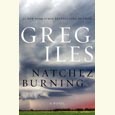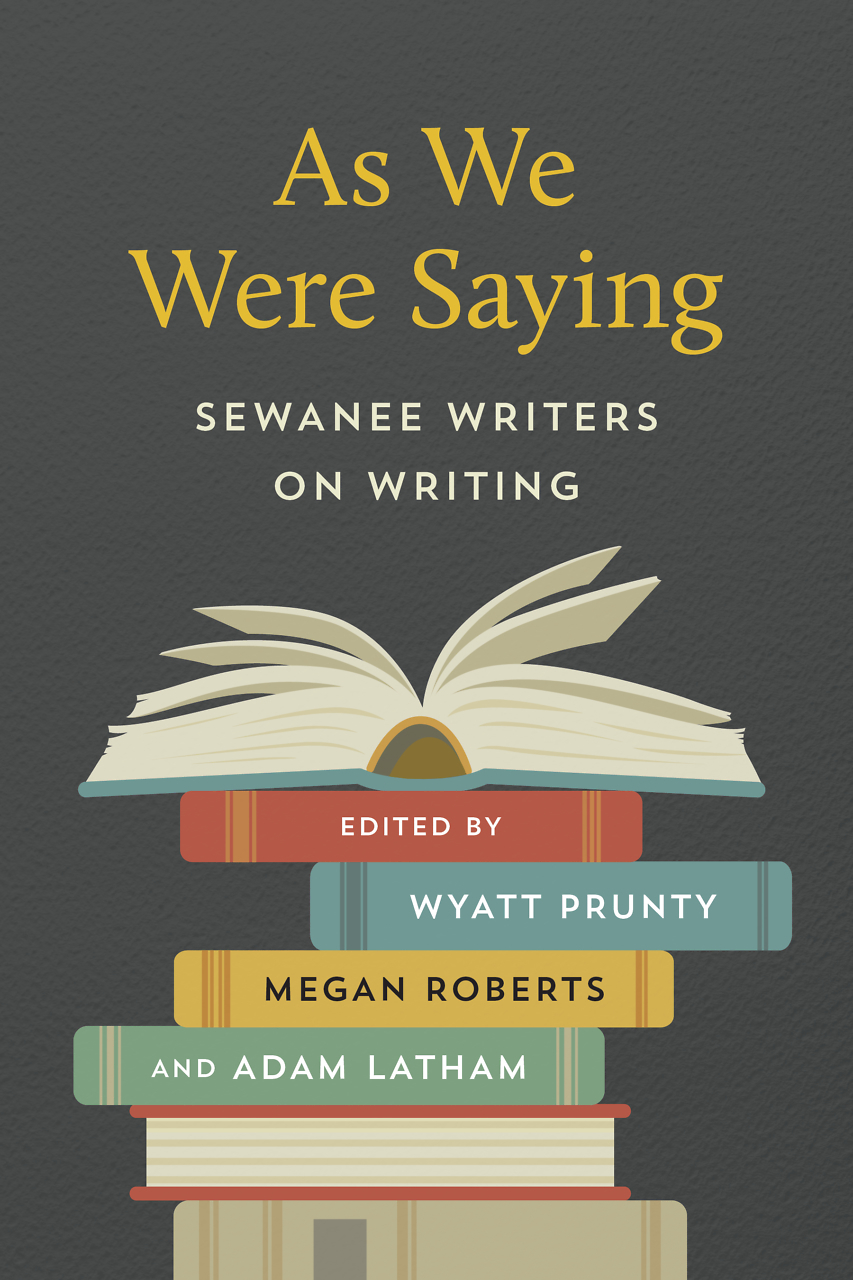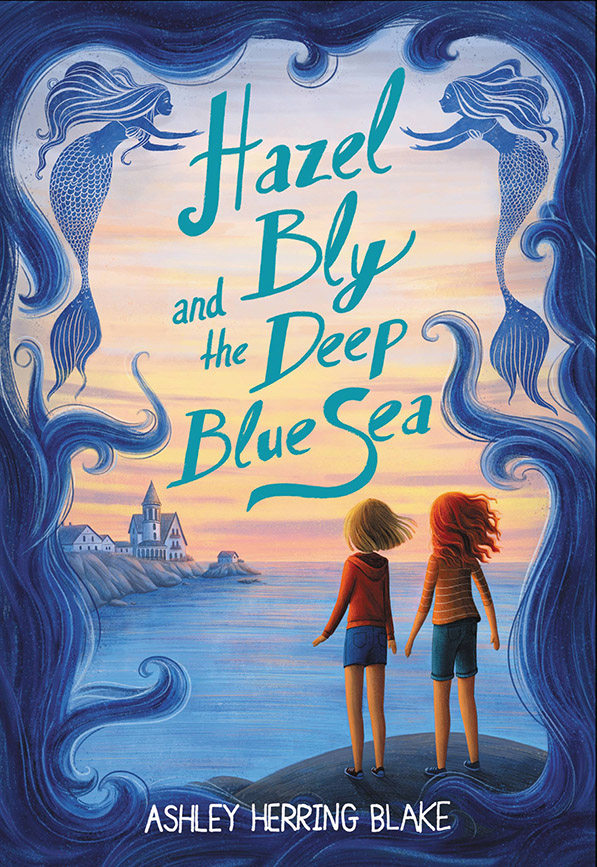A Beautiful Exhibit
Lisa Russ Spaar’s Madrigalia curates her rich body of work
A well-curated museum exhibit feels instructive and cohesive, walking a visitor through an artist’s progression as a creator. When a poet releases a volume of “new and selected poems,” it is a similar act of curation, each piece assembled to speak both to the reader and to the body of work as a whole. In Madrigalia, poet Lisa Russ Spaar has demonstrated a deft hand and a careful eye as she combines the new (“The Madrigals”) with the old, selections from an oeuvre spanning more than 20 years.
 The collection opens in medias res, starting as it does with the new, the now: “The Madrigals” is a 44-poem series, arranged alphabetically. Drawing on the etymology of madrigal as a “short love poem” for multiple voices, the title is derived from the same Latin root that gives us the word “womb.” These poems embrace the fragmented, contrapuntal feeling of a madrigal and move fluidly through images of the natural world and music, as seen in this excerpt from “Bachesque”:
The collection opens in medias res, starting as it does with the new, the now: “The Madrigals” is a 44-poem series, arranged alphabetically. Drawing on the etymology of madrigal as a “short love poem” for multiple voices, the title is derived from the same Latin root that gives us the word “womb.” These poems embrace the fragmented, contrapuntal feeling of a madrigal and move fluidly through images of the natural world and music, as seen in this excerpt from “Bachesque”:
I know my soul most in indigo
tureen of dusk, delta of still-bare oaks,
sycamore, & how do I know
what else might wish for extended arms
in which a visitor might, exhausted
by the fever of this counterpoint, alight?
Many of the poems in the first section employ this structure of unrhymed couplets, though others move through the traditional sonnet form, concluding with a rhymed couplet like this from “Courtesan”: “Reveal your vowels. Not all of them. Arouse / the polluted miraculous water that we house.” Or this from “Nest”: “Life’s a parsing of the verb to hide, / to run from any public place to what’s inside.”
From there, Spaar rewinds the tape, casting that careful eye back to her 1999 collection Glass Town, and the selections are longer, leaner, and more embodied than the poet’s most recent work. Heavy on literary allusions, one of the poems traces her personal history with Jane Eyre, and another focuses on the Brontës themselves, with even the collection title pointing to the imaginary world created by the Brontë siblings in childhood.
Spaar delights in the sense-experience, her poems redolent with the sounds and shapes of the words and an undercurrent of physical desire, often housed in wordplay that itself conveys a type of longing, an idea made explicit at the close of “St. Brontë”:
Rooms bloom inside me I can’t enter.
At least not specifically.
The failing is mine, no doubt.
To abstract is to surrender.
St. Hope. St. Story. Is syntax erotic?
If so, please. Please read. Here.
 A poem can “make sense” in multiple ways, and at times, Spaar’s wordplay can overwhelm the context, the primacy of senses like sound and touch winning out over a straightforward sense-making. But the language is beautiful, as in “St. Chardonnay” from the 2012 collection Vanitas, Rough: “Let a mythic figure sidle in, / cosmic, // marigolds in the mouth / & magnificent.”
A poem can “make sense” in multiple ways, and at times, Spaar’s wordplay can overwhelm the context, the primacy of senses like sound and touch winning out over a straightforward sense-making. But the language is beautiful, as in “St. Chardonnay” from the 2012 collection Vanitas, Rough: “Let a mythic figure sidle in, / cosmic, // marigolds in the mouth / & magnificent.”
Or this from “The Geese,” originally published in Satin Cash (2008): “Is it true the sadder we are, the more things stand still? // Rudder of dusk, perhaps this love / of shape betrays my taste for death.”
And always, Spaar is interested in the ways our bodies betray us even as they answer honestly, tackling issues of love and loss, self-harm and sex, and the myriad ways our bodies interact with the natural world. These issues are revealed in every line.
Having established her most recent voice at the start, Spaar walks with readers through her work, a skillful docent guiding participants through the exhibit, showing them how to read the past through the lens of the present. The progression is clear, the exhibit full of beauty, and even in the moments of harshest contrast, there is a continuity of style and structure, a hall of mirrors reflecting Spaar’s artistry back and back again upon itself. Reaching its conclusion with selections from the 2017 collection Orexia, this exhibit highlights the 2016 Pushcart Prize winner “Temple Gaudete,” asking readers to wonder, “Is love the start of a journey back? / If so, back where, & make it holy,” encouraging them to pause, to linger there or in front of any of these breathless and vivid images.

Sara Beth West is a writer and reviewer, usually found at sarabethwest.com. She lives in Chattanooga with her family, dogs, and a cat who always, always, always thinks it is time for dinner.


